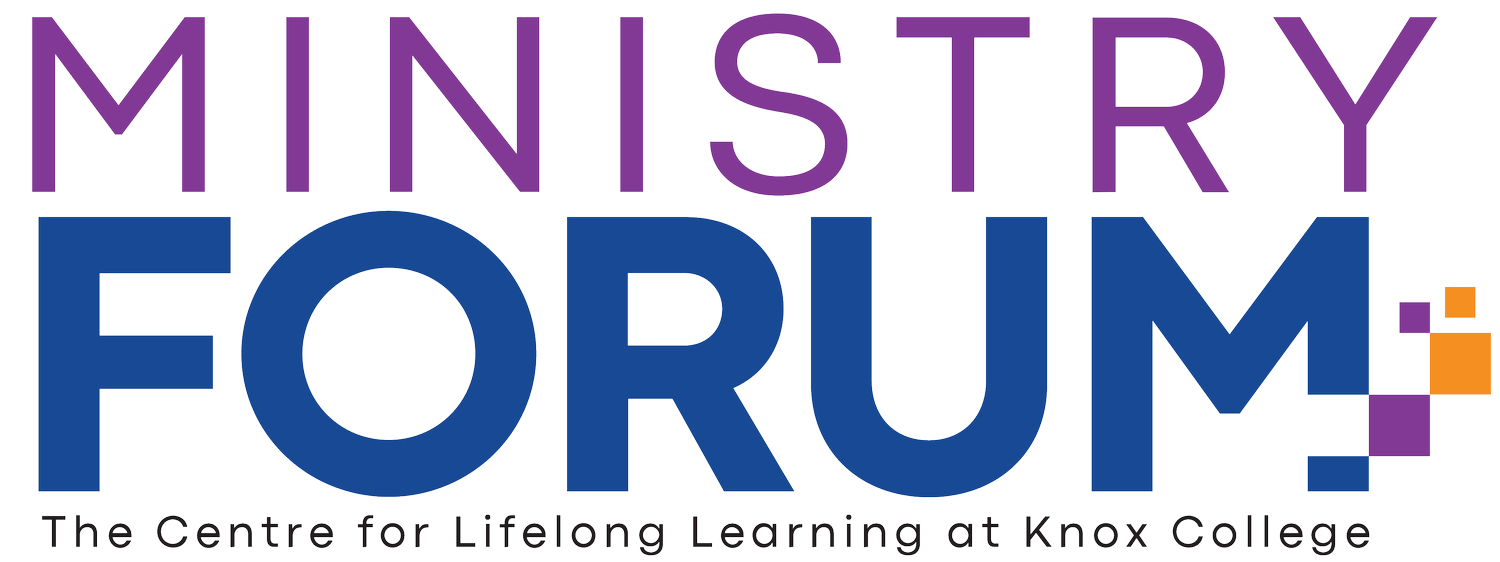Truth and Reconciliation Through Worship
When we include elements of Truth and Reconciliation in our services, we:
Acknowledge the Church’s role and recognize the harm that has been done, particularly in the context of residential schools and colonialism, and taking steps toward healing.
Create Space for Lament, acknowledge the pain and suffering endured by Indigenous peoples, while offering prayers for healing and justice.
Celebrate Indigenous wisdom by incorporating Indigenous spirituality and cultural elements can enrich our understanding of God and creation.
Commit to Action as worship inspires and motivates us to take tangible steps toward reconciliation beyond Sunday morning.
Hymns and Songs
“Many and Great, O God, Are Your Works”
A Dakota hymn often sung to the tune of the traditional Indigenous melody Lacquiparle. This hymn is a reminder of God’s greatness and presence in creation, reflecting Indigenous spirituality’s deep connection to the land.
“Come Now, O God of Peace (O-So-So)”
A Korean hymn that has been widely embraced in ecumenical settings. While not Indigenous to Canada, its call for peace and reconciliation makes it a fitting song for Truth and Reconciliation worship services.
“Healer of Our Every Ill” by Marty Haugen
This hymn speaks to God’s healing power and is particularly suitable for services of lament, where the congregation is invited to reflect on brokenness and the need for restoration.
“We Are One in the Spirit”
An ecumenical hymn that expresses unity and peace, it can be a powerful addition to reconciliation services, reminding the congregation of our shared humanity and call to love one another.
“The Blessing” (Indigenous Version)
This popular worship song has been adapted into an Indigenous version that features Indigenous languages and cultural expressions featuring Australia’s First Peoples.
Videos and Multimedia Resources
National Centre for Truth and Reconciliation Videos
The National Centre for Truth and Reconciliation (NCTR) offers a variety of educational and testimonial videos that feature survivors of residential schools and their stories. Using these videos in worship services can provide a visual reminder of the ongoing need for healing and awareness.
Presbyterian Church in Canada Healing and Reconciliation Sunday
A PowerPoint presentation that can be shown as part of your congregation’s worship service for Healing and Reconciliation Sunday. This presentation contains explanations of the Truth and Reconciliation Commission’s Calls to Action as well as the Calls for Justice issued by the National Inquiry into Missing and Murdered Indigenous Women and Girls, along with accompanying prayers.
PowerPoint, Text Only Transcript of Presentation
Indigenous Land Acknowledgement Videos
Various organizations and churches have produced beautiful land acknowledgment videos that recognize the Indigenous peoples whose lands we gather on. Playing one of these videos at the beginning of a worship service is a respectful way to honor Indigenous peoples.
Give platform to Indigenous Leaders and Voices
Invite a leaders in your community or from organizations like the Orange Shirt Society to speak on a Sunday morning or through out the year. Consider what actions steps your church is ready to take afterwords so their message is a rallying point for action.
Liturgical Resources and Litanies
The United Church of Canada’s Healing and Reconciliation Worship Resources
The United Church of Canada provides a number of liturgical resources, prayers, and reflections designed specifically for reconciliation services. These can be incorporated into any worship setting to create a focused time of lament and commitment to action.
United Church Worship Resources
Litany for Land Acknowledgement
Create a litany based on a land acknowledgment specific to your region, incorporating prayers for the land, Indigenous communities, and the ongoing work of reconciliation.
Encourage congregational participation by using a responsive format.
Example Call and Response Land Acknowledgment
Leader:
We acknowledge with deep respect the land on which Knox College operates, a place that has been home to human activity for over 15,000 years.
Congregation:
We honor the Indigenous peoples who have cared for this land for generations.
Leader:
This land is the traditional territory of the Huron-Wendat and Petun First Nations, the Seneca, and most recently, the Mississaugas of the Credit River.
Congregation:
We give thanks for their stewardship and presence on this land.
Leader:
Today, the meeting place of Toronto remains home to many Indigenous people from across Turtle Island, who continue to contribute to the life and flourishing of this land.
Congregation:
We are grateful to live, work, and worship on this sacred territory.
Leader:
We recognize the ongoing impacts of colonialism and the harm caused to Indigenous communities.
Congregation:
We commit ourselves to the work of truth, reconciliation, and justice.
Leader:
May we listen, learn, and act in solidarity with Indigenous peoples, building relationships rooted in respect and accountability.
Congregation:
Together, we walk toward healing, justice, and reconciliation.
Leader:
Let us remember that reconciliation is not just about words, but about actions that honor the sovereignty and dignity of all peoples.
Congregation:
May we faithfully engage in this journey, with humility and love.
Truth and Reconciliation is not a one-time event but a continuous journey— one that calls the Church to live out its faith through justice, humility, and love. As we integrate elements of Truth and Reconciliation into our worship, we must be reminded of our shared humanity and our responsibility to work toward healing relationships with Indigenous peoples.
If you have a resource or element you’ve incorporated into your worship serives that you think would help others please share it in the comments.
